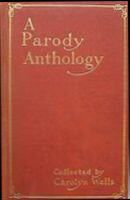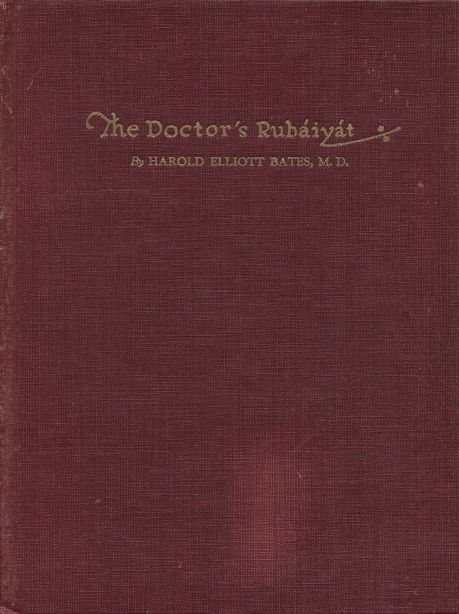The Rubaiyat of a Suffragist. Bertha Brewster
In: Votes for Women newspaper on January 28th, 1916.
Archives
The rubaiyat of some-of-us, being certain undergraduate parodies of the illustrious Persian
The rubaiyat of some-of-us, being certain undergraduate parodies of the illustrious Persian written by J.G. Brandon Thomas and set to illustrations by Segar.
Oxford : Holywell Press, 1913. 48 p.
Potter 1158
The Golfer’s Rubaiyat
The Golfer’s Rubaiyat. H.W. Boynton
In: A Parody Anthology, collected by C. Wells.
New York : Charles Scribner’s Sons, 1904. p. 3-5.
Potter 1115
The Golfer’s Rubáiyát
The Golfer’s Rubáiyát. H.W. Boynton. Illustrated by Hazenplug.
Chicago : Stone & Comp., 1901. 84 p.
Potter 1114
Lines from Omar the Ford
Lines from Omar the Ford. R.L. Austin
In: Floyd Clymer’s Model T memories : including The ubiquitous Model T.
Los Angeles: Clymer, [194-]. (Estimated 1940)
Several reprints.
Biegstraaten 63
O. Khayyam
O. Khayyam.
In: Poets on the Isis and other Perversions. Wilfrid Blair.
Oxford; London : Blackwell; Simpkin Marshall & Co., 1910, p. 87.
Potter 1143
The Doctor’s Rubáiyát
The Doctor’s Rubáiyát. Harold Eliott Bates. New York : Dry Milk Company, 1922. 27 p. Illustrated by Harold Eliott Bates.
54 quatrains
Biegstraaten 54


